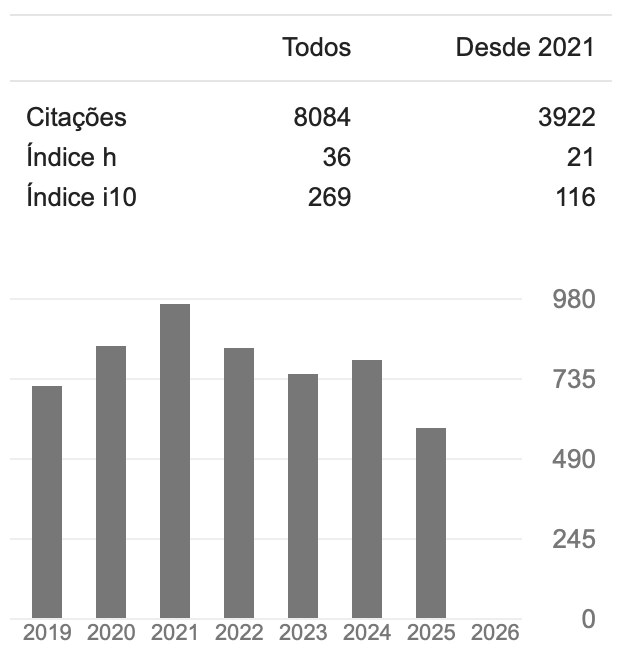Comparative Study of Adolescent Idiopathic Scoliosis Treatment by Rpg And Pilates Methods
Keywords:
Scoliosis, Treatment, Pilates Method, Global Posture Reeducation.Abstract
Scoliosis is defined as a lateral deviation of the spine, with 80% of idiopathic cases. Slight curvature degrees occur in up to 20% of teenagers, but the likelihood of deviation progression is higher in females. Several techniques are recommended for recovery, such as the Global Posture Reeducation and the Pilates Method, with excellent results. Current analysis compares the clinical evolution evaluated by Cobb’s angle and by the visual analogical scale for pain in 16 female patients, between 10 and 16-years old, diagnosed with thorax-lumbar idiopathic scoliosis with an abnormal angle ranging between 10° and 20°. Females were divided into two groups: one underwent GPR technique by the sitting and frog-in-the-air posture, during approximately 45 minutes per session; the other group underwent the Pilates method with Spine Stretch Forward exercises, swimming, leg pull front, front leg pull (change), leg pull back, one leg up-down and rolling back, with sets of 10 repetitions, for 40 minutes per session. Both techniques were undertaken twice a week and totaled 20 sessions. Statistical analysis was performed by calculating the mean and analysis of differences by Student’s t test. Since results showed a significant improvement in reducing pain level and scoliosis curve in both techniques, the methods were recommended for the conservative treatment of scoliosis.Downloads
Download data is not yet available.
Downloads
Published
2011-05-04
How to Cite
Segura, D. de C. A., Nascimento, F. C. do, Chiossi, C. A., Silva, M. A. A. da, Guilherme, J. H., & Santos, J. V. (2011). Comparative Study of Adolescent Idiopathic Scoliosis Treatment by Rpg And Pilates Methods. Saúde E Pesquisa, 4(2). Retrieved from https://periodicos.unicesumar.edu.br/index.php/saudpesq/article/view/1813
Issue
Section
Artigos Originais
License
A submissão de originais para a revista Saúde e Pesquisa implica na transferência da Carta Concessão de Direitos Autorais, pelos autores, dos direitos de publicação digital para a revista após serem informados do aceite de publicação.A Secretaria Editorial irá fornecer da um modelo de Carta de Concessão de Direitos Autorais, indicando o cumprimento integral de princípios éticos e legislação específica. Os direitos autorais dos artigos publicados nesta revista são de direito do autor, com direitos da revista sobre a primeira publicação. Os autores somente poderão utilizar os mesmos resultados em outras publicações, indicando claramente a revista Saúde e Pesquisa como o meio da publicação original. Em virtude de tratar-se de um periódico de acesso aberto, é permitido o uso gratuito dos artigos, principalmente em aplicações educacionais e científicas, desde que citada a fonte. A Saúde e Pesquisa adota a licença Creative Commons Attribution 4.0 International.
A revista se reserva o direito de efetuar, nos originais, alterações de ordem normativa, ortográfica e gramatical, com vistas a manter o padrão culto da língua e a credibilidade do veículo. Respeitará, no entanto, o estilo de escrever dos autores. Alterações, correções ou sugestões de ordem conceitual serão encaminhadas aos autores, quando necessário. Nesses casos, os artigos, depois de adequados, deverão ser submetidos a nova apreciação. As opiniões emitidas pelos autores dos artigos são de sua exclusiva responsabilidade.













